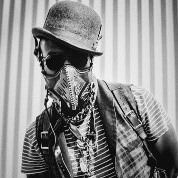Prints 60 x 40 cm: Which Leica does the best job?
-
Recently Browsing 0 members
- No registered users viewing this page.
-
Similar Content
-
- 24 replies
- 1,367 views
-
- 0 comments
- 124 views
-
- 5 replies
- 456 views
-
- 3 replies
- 414 views
-
- 7 replies
- 252 views
-






Recommended Posts
Join the conversation
You can post now and register later. If you have an account, sign in now to post with your account.
Note: Your post will require moderator approval before it will be visible.